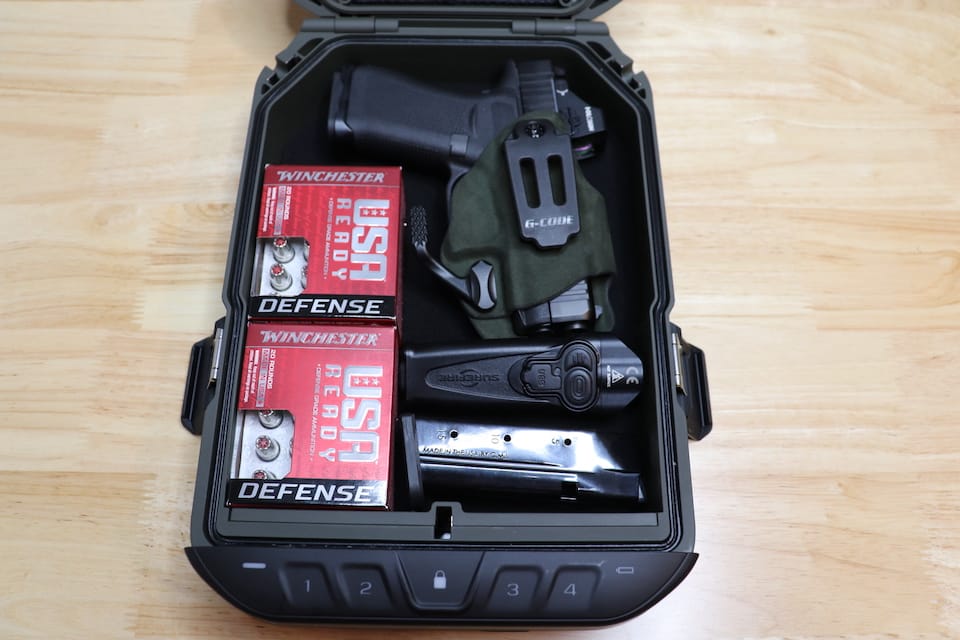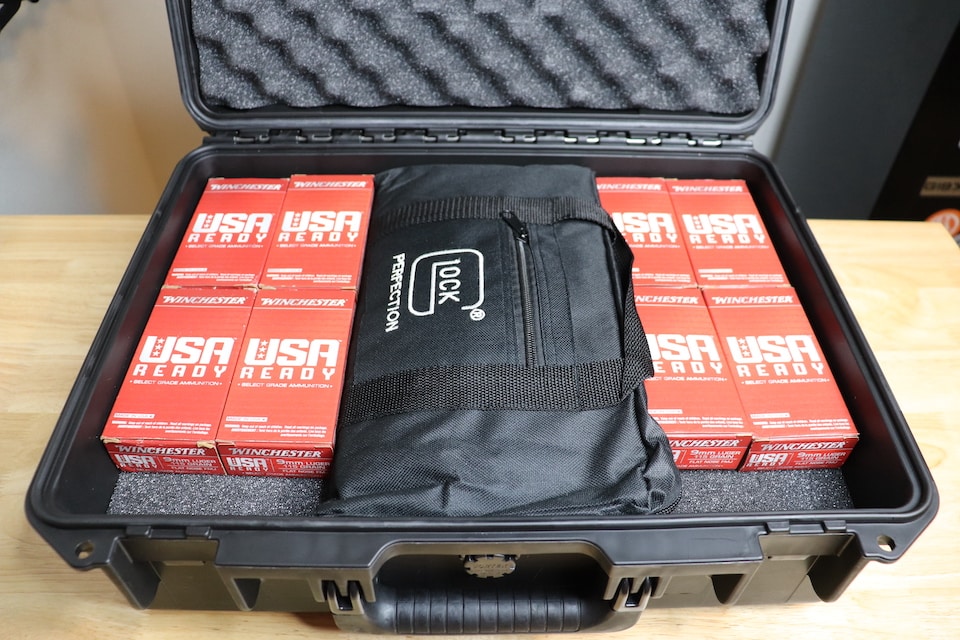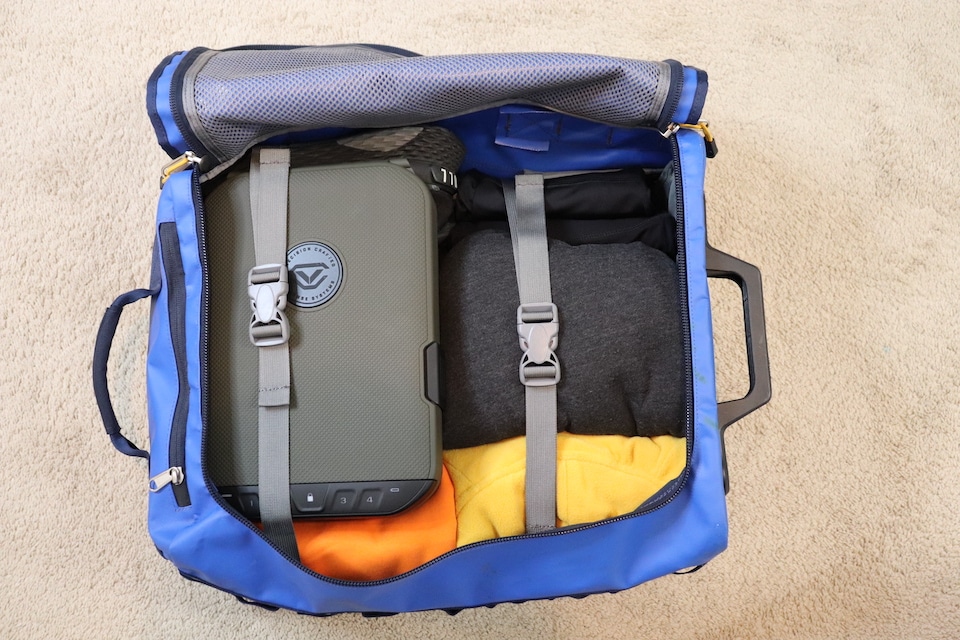Women’s Outdoor News and Avery Skipalis bring you a video on traveling by air with your firearms and ammunition. Whether flying for business or pleasure, you should always keep personal protection in mind. I will explain how you can accomplish it legally and safely.
Sponsored by GLOCK
If you’re planning on traveling with firearms and ammunition, one of the first things you should consider is reciprocity. Research reciprocity for both the areas you will be traveling through and for your final destination. Reciprocity means what state honors your state’s concealed carry license.
Next, you may want to ask yourself a couple of additional questions: Can I legally carry my firearm at my final destination? What if my flight has an extended layover, will I be able to take possession of my firearm during that timeframe? If the answer is “no,” to either of these questions, you may want to reconsider traveling with your firearm.

Before traveling with firearms and ammunition, review the policy for the airline you’re flying with directly from their direct website. If you’ve experienced this process in the past, guidelines are subject to change, and you should never assume the airline’s current policy.
Although many airlines within the United States allow you to declare your firearms when you’re traveling within the United States, there are specific rules that you should follow that are outlined by the Transportation Security Administration (TSA) and each airline. Listed below are a few of them for you to consider.
1. You must be 18 years or older and declare your own firearms and ammunition at the ticketing counter. These items are not authorized in your carry-on bag or to security with you.
2. Your firearm must be unloaded and placed in a locked, hard-sided container as a checked bag only. If you store ammunition in the original cardboard packaging, it may be kept with your firearm in the same hard-sided and locked case. Magazines can be boxed separately or stored within the hard-sided case. Be aware that some airlines limit ammunition quantities to 11 pounds.

3. Firearm replicas, even those considered as toys, and firearm parts, including firing pins and bolts, must be transported in your checked bag.
4. You will be required to sign and date a firearms declaration tag at the ticketing counter, declaring that the firearm is unloaded.

In closing, flying with firearms and ammunition is not a complicated process. By being proactive, using approved storage, and having a plan, complications should be limited. I prefer using a small safe or a hard pelican case with a foam insert and short shank padlocks. Conducting your own research before travel is paramount because laws vary by local, state, and federal governments.
Avery Skipalis is the owner of Skip’s Tactical Solutions, an organization that focuses on empowering women, men and children to make sure that no one else becomes a victim. She gained her firearms experience from the military where she’s been a military firearms instructor for 10.5 years. She’s also a certified NRA rifle and pistol instructor and Glock Advanced Armorer since 2015. She’s attended Sig Sauer Academy, FNH, Special Operations Command Armorers courses as well as multiple Advanced Shooting Schools across the United States. She resides in Florida with her husband and 2 kids. She’s currently serving in the United States Air Force and loves sharing her passion with others. She thinks it’s important that women also feel like they’re in control of their own safety. View all posts by Avery Skipalis